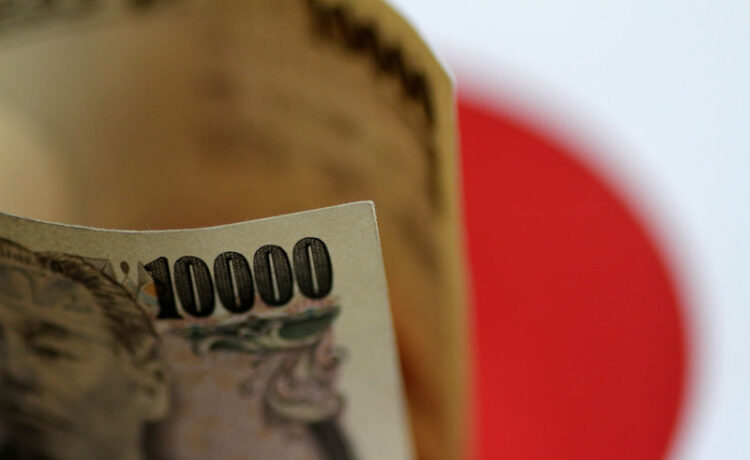Investing.com– Most Asian currencies moved little on Monday as markets turned cautious before a Federal Reserve meeting this week, while the Japanese yen rebounded after sinking to new 34-year lows earlier in the day.
The dollar retreated slightly amid pressure from a yen recovery, although it still retained a bulk of its gains through April. Signs of sticky U.S. inflation saw markets steadily price out expectations of early rate cuts by the Fed, which boosted the dollar.
Japanese yen rebounds, USDJPY tumbles from 160
The pair- which gauges the amount of yen required to buy one dollar- sank 1.8% to 155.48, after rising as high as 160.20 earlier in the day.
The reason for the pair’s decline was not immediately clear, although it could be potentially linked to government intervention. Japanese markets were closed for a holiday.
The yen had weakened sharply against the dollar in recent sessions, with the USDJPY pair blowing past levels that had attracted intervention in the past. This came following weak Japanese inflation data and middling signals from the Bank of Japan, while fears of higher-for-longer U.S. rates also weighed.
But while the yen marked a strong rebound on Monday, the scope for more gains in the currency remained limited, especially ahead of a Fed meeting this week.
Dollar weakens amid yen strength, Fed awaited
The and fell 0.2% and 0.3%, respectively, after rising sharply on Friday.
The greenback was sitting on strong gains for April after traders largely priced out most expectations of early rate cuts by the Fed.
remove ads
.
These bets came to a head on Friday after data- the Fed’s preferred inflation gauge- read hotter than expected for March.
Focus this week is now squarely on a Fed meeting. The central bank is expected to keep rates steady and potentially offer a hawkish outlook, given recent stickiness in U.S. inflation.
The prospect of higher-for-longer rates bodes poorly for Asian markets- a notion that kept most regional currencies to a tight range on Monday.
The Chinese yuan’s pair fell slightly, as did the Indian rupee’s pair. Traders were wary of any volatility in the rupee as the Indian 2024 general elections began.
The Australian dollar was an outlier among its peers, with the pair rising 0.8% on speculation that a hotter-than-expected first-quarter inflation reading will attract more interest rate hikes from the Reserve Bank of Australia.
The South Korean won’s pair moved little, as did the Singapore dollar’s pair.















